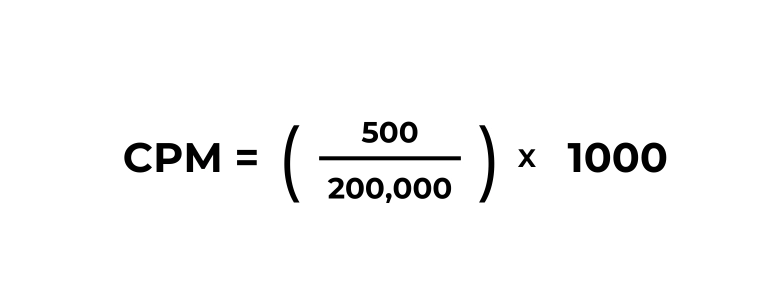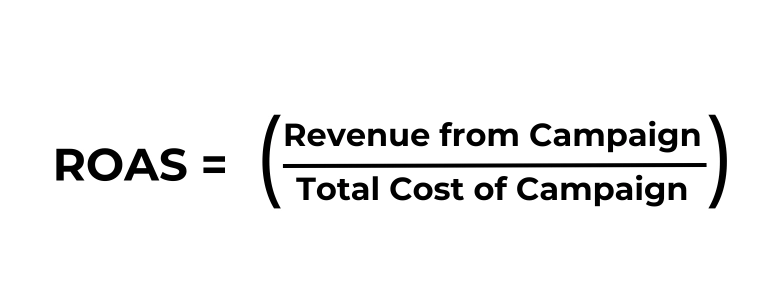In the dynamic world of digital marketing, Pay-Per-Click (PPC) campaigns serve as a fundamental approach to attracting targeted traffic and producing leads. One of the essential metrics for assessing the performance of these campaigns is CPM, or Cost Per Mille, which indicates the cost per thousand impressions. Although it might initially appear complex, grasping the concept of CPM is vital for enhancing your advertising strategies and ensuring you achieve the highest possible return on investment (ROI).
What is CPM?
CPM stands for Cost Per Mille, derived from the Latin word "mille" meaning thousand.
Comparison of CPM with Other Types of Paid Search
Understanding the different types of paid search models is crucial for optimizing your digital marketing strategy. Here’s a comparison table that highlights the key features, advantages, and use cases of CPM (Cost Per Mille), CPC (Cost Per Click), and CPA (Cost Per Acquisition).| Metric | CPM (Cost Per Mille) | CPC (Cost Per Click) | CPA (Cost Per Acquisition) |
|---|---|---|---|
| Definition | Cost per 1,000 impressions | Cost per individual click | Cost per specific action (e.g., sale, sign-up) |
| Cost Calculation | Fixed cost per 1,000 views | Fixed cost per click | Fixed cost per conversion |
| Best For | Brand awareness, reach | Driving traffic, click-throughs | Generating leads, conversions |
| Payment Trigger | Every 1,000 ad impressions | Each time an ad is clicked | When a specified action is completed |
| Budget Predictability | High, based on impressions | Moderate, based on clicks | Low, based on conversion rates |
| Focus | Visibility and exposure | User engagement and traffic | End results and ROI |
| Use Cases | Display ads, video ads, awareness campaigns | Search ads, display ads, direct response campaigns | E-commerce, lead generation, subscription services |
| Advantages | Broad reach, predictable costs | Direct response, measurable engagement | High ROI, performance-based spending |
| Disadvantages | Potential for low engagement | Costs can escalate with high CTR | High risk if conversions are low |
| Performance Insights | Impressions, viewability | Click-through rate (CTR), clicks | Conversion rate, cost per conversion |
Why CPM Matters in PPC Campaigns
In the complex world of digital advertising, CPM (Cost Per Mille) stands out as a critical metric for several reasons. Understanding its significance can help marketers craft more effective campaigns and achieve their strategic goals.
Here’s why CPM matters in PPC campaigns:
- Enhanced Brand Awareness. CPM ensures your ad reaches a large audience, building brand recognition even without immediate clicks.
- Predictable Budgeting. Paying a fixed rate for every 1,000 impressions allows for accurate cost prediction and better budget management.
- Broad Audience Reach. CPM campaigns are excellent for targeting top-of-the-funnel prospects, and introducing your brand to new audiences for future conversions.
- Performance Insights. Combined with metrics like click-through rate (CTR), CPM offers a complete view of your campaign’s effectiveness, helping to refine your strategy.
- Cost-Efficiency. CPM is cost-effective for display and video ads, ensuring your creative content reaches as many people as possible.
- Strategic Flexibility. CPM is adaptable for various goals, whether launching a product, promoting an event, or building brand awareness.
How to Calculate CPM and Determine Its Profitability
Calculating CPM and determining its profitability is a fundamental skill for any digital marketer looking to optimize their advertising spend.
Calculating CPM
The formula to calculate CPM is simple:
Here’s how it works in practice:
- Determine Your Total Cost: This is the total amount spent on your PPC campaign. For example, if you spent $500 on a campaign, that’s your total cost.
- Count Your Total Impressions: This is the total number of times your ad was displayed. If your ad was shown 200,000 times, that’s your total impressions.
- Apply the Formula: Plug these numbers into the formula. For our example:
So, the CPM for this campaign would be $2.50.
Understanding Profitability
To determine whether your CPM is profitable, you need to consider several factors beyond the raw calculation:
- Campaign Goals: Your CPM should align with your campaign objectives. If your goal is brand awareness, a higher CPM might be acceptable as long as you’re reaching a wide audience. Conversely, if you’re focused on direct conversions, you’ll need to ensure that your impressions are translating into clicks and sales.
- Benchmarking: Compare your CPM with industry benchmarks. Different industries have varying average CPMs, and understanding where you stand can provide insights into your campaign’s efficiency. For instance, the average CPM in the retail industry might differ significantly from that in the technology sector.
- Conversion Rates: Assess how your impressions are translating into conversions. A lower CPM is great, but if those impressions aren’t converting into leads or sales, you might need to rethink your targeting or ad creatives.
- Return on Ad Spend (ROAS): Calculate your ROAS to see the revenue generated for every dollar spent on advertising. If your CPM is low but your ROAS is also low, your campaign might not be as profitable as it appears.
5. Customer Lifetime Value (CLV): Consider the long-term value of the customers you acquire through your campaign. A higher CPM might be justified if the customers gained have a high CLV, leading to sustained revenue over time.
By following these steps, you can calculate your CPM accurately and assess its profitability within the context of your overall marketing strategy. This approach ensures that you are not only reaching your audience but doing so in a cost-effective manner that drives meaningful results.
Understanding CPM in PPC campaigns is essential for any digital marketer aiming to maximize the effectiveness of their advertising efforts. By grasping how CPM works and leveraging it to enhance brand visibility, you can ensure your ads reach the right audience, optimize your budget, and drive long-term growth.
However, mastering CPM and other PPC metrics can be complex and time-consuming. This is where our SEO services come in. Our team of experts can help you navigate the intricacies of digital marketing, providing tailored strategies that not only improve your CPM but also boost your overall campaign performance.






